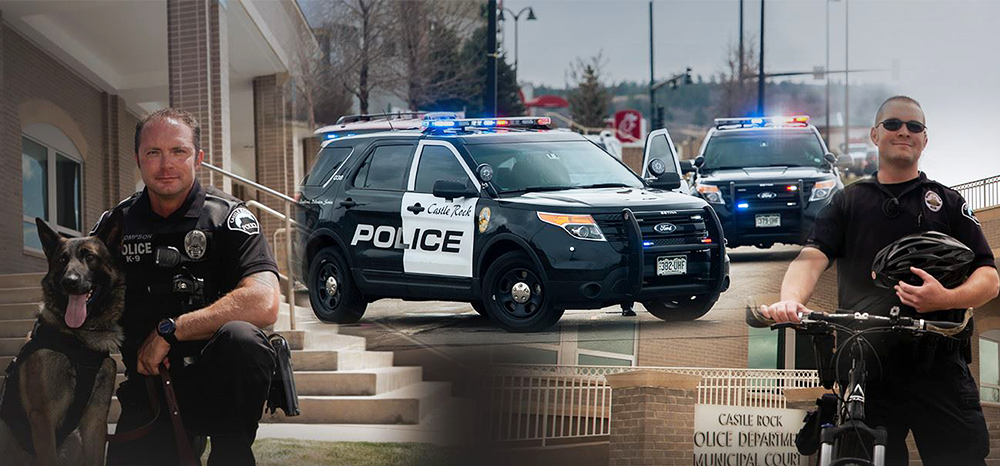As a community and its police department grow, having a police intelligence unit may be beneficial or even necessary. The purpose of a police intel unit is to provide strategic, tactical, operational and administrative intelligence analysis of crime data to a law enforcement agency in a timely manner. If you are considering adding an intel unit to your agency, there are five concepts you should keep in mind for its success: focus, structure, technology, stats/tracking, and potential pitfalls.
1. Focus
Focus comes down to three basic issues: jurisdiction, scope of information gathered and scope of services provided. Understanding which areas your police intelligence unit is going to focus on is key to building the unit correctly from the ground up.
– Jurisdiction: If you’re creating an intel unit for a city police department, the jurisdiction is the city. But what if it’s a unit that is shared among several departments? It could end up serving several cities, or different parts thereof.
– Scope of information: The most successful intelligence units have a wide variety of sources from which to obtain case facts and crime related information. In addition to having direct communication with criminal investigators and surveillance teams, additional sources include:
– accurate local crime statistics and police records;
– local, state and federal crime databases;
– social media sources;
– business and commercial open source data; and
– government records.
– Scope of services: Services provided might include the creation of crime bulletins, tracking of patterns and prolific offenders, radio monitoring, support in operations, warrant workups, data analysis, and other services to assist the department.
2. Structure
The structure of an intelligence unit depends on the size of the agency or agencies that it serves. A typical model might include a manager or supervisor, three to 12 sworn intelligence officers and three to 12 analysts, who could be sworn or not sworn. Smaller agencies may have one or two sworn officers doing double duty as intelligence officers and analysts. Many agencies require that recruits for officers and analysts have college degrees, and it’s important for anyone in this unit to be able to work independently, be persistent, communicate well and, of course, have a complete knowledge of general police practices. In addition to this, analysts may be required to have post-graduate degrees and should have excellent skills in writing, research, critical thinking and computers. The challenge for anyone beginning such a unit is finding these qualified officers and analysts or allotting enough time and budget to train them.
3. Technology
The scope of operations affects the technology required. A surveillance-heavy intelligence unit may require cameras, microphones and other types of high tech surveillance gear. A unit geared more toward data collection may invest in data mining software and very powerful computers. In just about all cases, the unit will need standard police gear, especially radios, tablets and cell phones to stay in communication with other law enforcement partners at all times.
4. Stats/Tracking
When forming a police intel unit, you need to have a way to quantify your progress against your stated goals and focuses. It would be accurate to say that the goal of any intel unit is to solve crimes, so the increase in solved cases is the best measure, but this isn’t always the whole picture. Intel units also help to bring cases to trial and keep them from being thrown out on technicalities, so perhaps prosecutions are a more meaningful metric to use.
5. Potential Pitfalls
As with creating any new department or unit, there are challenges, and those challenges start with money. Hiring staff, training them and buying equipment and software all cost money. Another pitfall is that the need for rapid information sharing will require a platform, so one must be found or created. If roles are not clearly defined and communicated to stakeholders, that can be another challenge that affects the development and success of a police intelligence unit. Also, unfamiliarity or even distrust could cause officers outside the unit, other departments and other potential customers of the intel unit to be hesitant to ask for help or share information. This will require a good deal of trust building through demonstrated successes and positive results.
Source
https://www.ialeia.org/docs/Intelligence_Led_Policing-Getting_Started.pdf










